By Caroline Angus, Associate, On Purpose
GravityLight ticks multiple boxes:
- An innovative form of off-grid lighting? Tick.
- A light to help eliminate harmful and hazardous kerosene lamps? Yes.
- A light independent of batteries –their limited lifespan, capacity and issues of disposal? Check.
- A light that doesn’t rely on the weather? Yup.
- A light that brings significant savings from money previously spent on expensive biofuels? You bet.
- A clean and sustainable source of light? Indeed.
So this should be an easy project then? Just work out a sustainable business model that gets GravityLight to the over 2 billion people relying on biomass for light, and then you’ve got an amazing socio-enviro-enterprise!
Within my first week working on GravityLight at therefore design consultancy I quickly realised it was not all that simple. Distribution would be one of the biggest challenges I faced.
Rather than distracting the team from their core skills of product development and design, or re-inventing the wheel by building a ‘GravityLight’ specific sales network, it was clear that partnerships would be pivotal.
Luckily, I came across an invaluable report by Hystra on ‘Marketing innovative devices for the Base of the Pyramid’ (BoP) that now serves as a gold standard as I explore potential partnerships and distribution strategies. Hystra scoured the world for the top 15 examples to discover their secrets of success. Now I’m eagerly applying these insights to GravityLight’s strategy:
1. “I cannot afford to buy cheap things”: people will forgo a discount to be able to test the products first and confirm the savings it will deliver.
- This insight will help guide future design tweaks after GravityLight’s global trial this autumn: balancing a focus on minimizing cost for the consumer with an emphasis on quality.
- It reinforces the value of stamps of quality such as Lighting Africa’s Quality Assurance Program and a GravityLight logo to help build trust in the performance and longevity of our lights.
In practice: one of our trial partners in Myanmar, Proximity Designs, have approached this by using a holistic brand ‘Yetagon’ across their portfolio of products to build consumer confidence.
2. Product demos and ‘word of mouth’ are key:
‘Influencers’, ‘Queen Bees’, ‘Avon Ladies’, ‘Evangelists’, mayors, chiefs religious leaders, teachers, elders…
Whatever you call them, whoever they are in each village, these thought leaders, trendsetters and early adopters are invaluable in overcoming scepticism or fear of investing in new, unknown technology.
People are aware of the alternatives to kerosene lamps and understand the products but “the only way to convince most of them is for them to see the product work long enough at their neighbours”. [Upamanyu Patil, CEO Sakhi Retail]
- The innovative nature of GravityLight means that demonstrations, trial periods and using trusted local influencers to endorse and sell the light must be central to it’s sales and marketing approach.
- GravityLight should not spend on big marketing campaigns: billboards, TV and radio, which are not linked to driving sales in the early stages of Hystra’s ’global pioneers’.
In practice: SolarAid’s Sunny Money works with teachers to promote their solar lights to their pupils and parents; Global BrightLight uses a network of beekeepers in Rwanda to spread the word and Toyola actively rewards their ‘Evangelists’ for drumming up sales.
3. The critical period is after a sale: just as positive word of mouth is significant in a sale, so too is minimising negative word of mouth by identifying dissatisfied customers to ensure they’re satisfied!
Yet surprisingly few have recognized the importance of this; and it is a big undertaking.
- GravityLight has been designed to be robust and long-lasting. Offering a warranty and working with distribution partners that can honour these will be core to GravityLight’s value proposition.
- So too will be providing a universal user guide and training sales teams on how to resolve any potential questions or issues with GravityLight.
In practice: M-KOPA sets an inspiring example of using technology to monitor every customer’s usage history to tell whether a device is working or needs attention.
4 & 5. High Gross margins are needed to serve the BoP and Avoid sales force churn.
Unsurprisingly, these are interlinked: attractive and reliable wages link to the stability and motivation of sales teams. In addition, high margins are needed to run demonstrations, follow up after a sale and travel to remote communities, and therefore drive sales and salaries.
As well as competitive margins, Hystra also lists close management and a sense of purpose as important in minimising sales force churn.
- Having originally set out to focus on reaching the lowest possible price, these insights emphasise that it’s critical for GravityLight to offer sufficient margin to motivate and enable sales teams to reach more people and spend time on demos and aftersales service.
- GravityLight will look to distribution partners that recognise the importance of having a strong support and management model for their sales force.
In practice: Solar Sister stands out for the strong identity it creates among it’s entrepreneurs, all of who “can double their household income with their solar business.”
In summary, having a fantastic idea is just the beginning!
Over the past few months I’ve learnt that GravityLight must find the right balance between affordable price, great quality and attractive margins. Partnerships too will be paramount: only by working with partners that invest in developing sales teams and models that build consumers’ trust – before and after a sale – will GravityLight succeed in scaling.
Thank you to Olivier Kayser and Jessica Graf at Hystra for sharing such invaluable insights that we can tailor to GravityLight!
Our partnerships and start up funding are just getting underway, so please don’t hesitate to get in touch! If you’re interested in following GravityLight’s progress and hearing about our trial this Autumn, keep an eye on www.deciwatt.org or follow us on twitter @gravity_light.
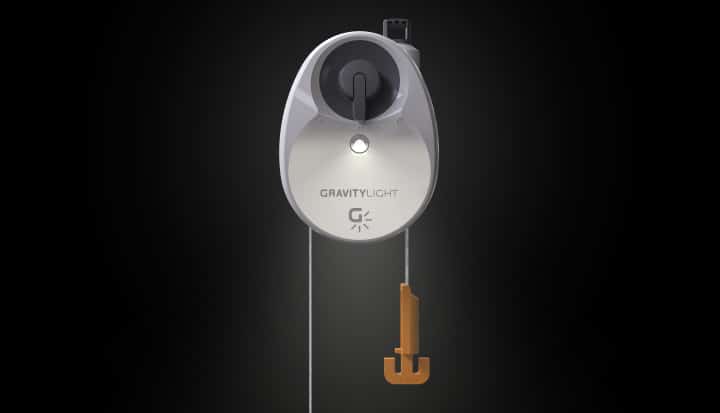
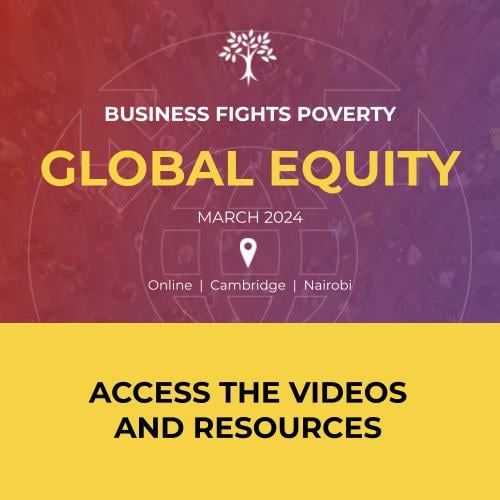
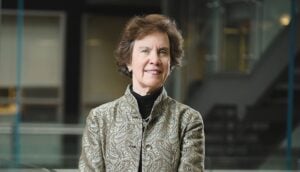
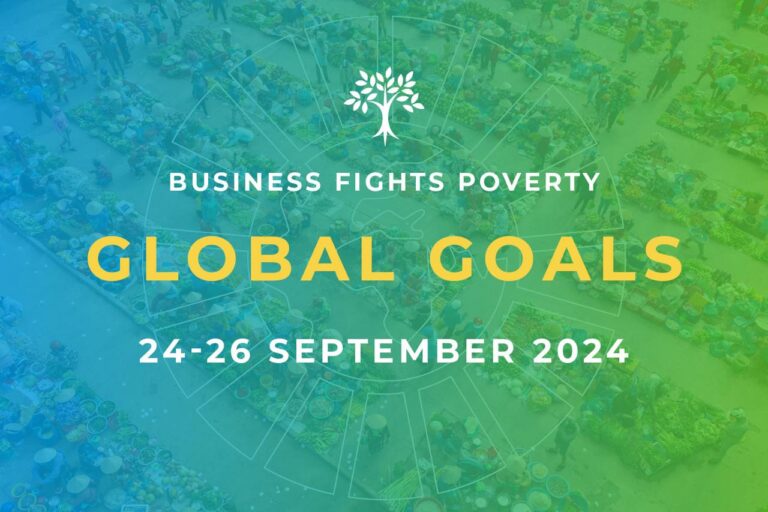
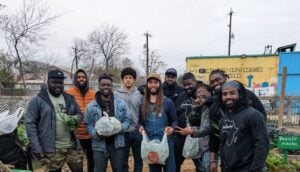
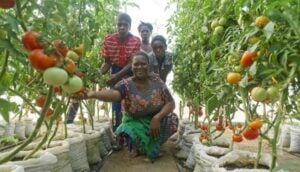





7 Responses
Hi Caroline,
Thanks for a really informative post. Its fantastic to hear about Hystra’s insights being used for what sounds like an exciting product. I work for Living Goods (featured in Hystra’s report) and would love to know more about the GravityLight. Would you mind getting in touch? tc*******@li*********.org Thanks! Tamsin.
Very interesting.
One would be curious how it compares to some leading solar lanterns like
Sun King Eco, or d.light S20.. (or other solar solutions..)
For GravityLight try, can you please write me so that I could partner with you in promoting this lamp? Thanks.
Send me message at ni*************@ya***.fr
The question remains however – why would a villager buy a light that provides 30 minutes of light that requires manual effort to recharge rather than purchase a solar lantern which can provide 4-6 hours of light with no effort required? Thanks.
Hola Caroline,
Writing to you from Bolivia! Would be interested to connect with the company about projects in Latin America. We are doing some innovating projects with communities throughout Latin America.
You can write to me at lu**********@gn**.org
Dear Caroline, Very innovative invention. I am interested in working with you to find distributors in Africa. Kindly send me further details. Thank you.
Hi Caroline, this is very fascinating, and realistic, I have been involve in a similar project to manufacture and distribute renewable energy equipments in Africa; with some good and bad experiences. How much will it cost to get involve in your project? How do you intend to distribute to the interior ? do you have partners and investors in Africa already? if so shich part of Africa etc. This is very innovative and potentially good business too.
Keep me posted.